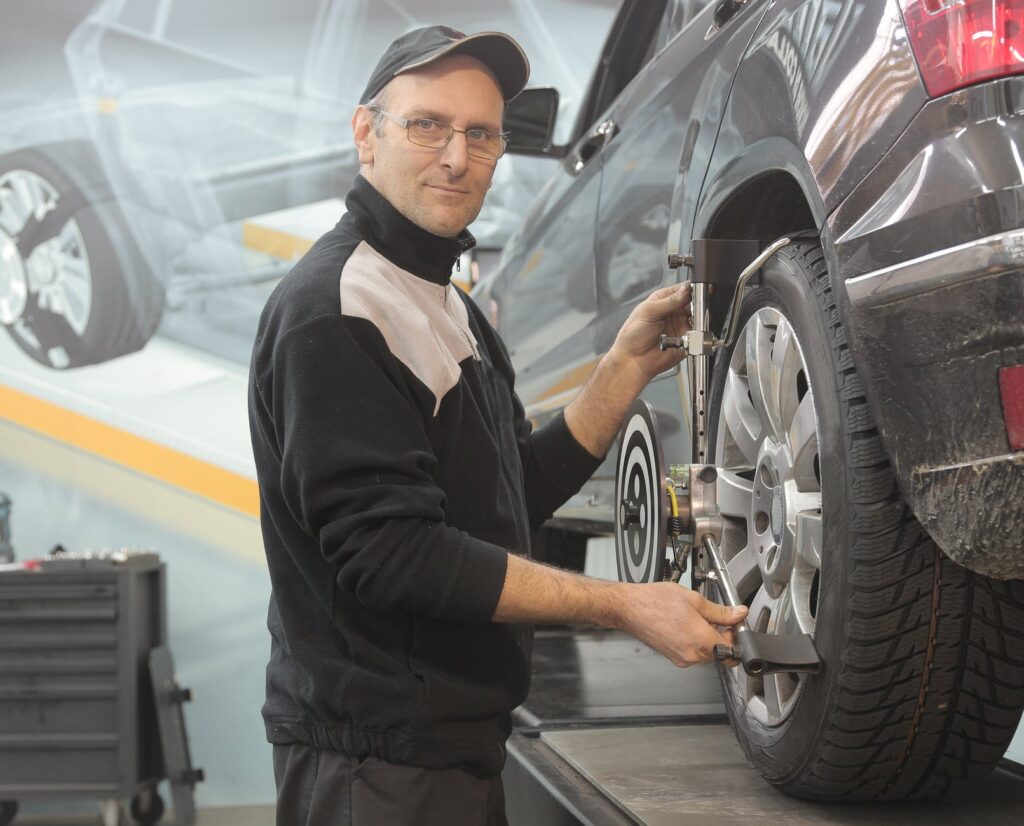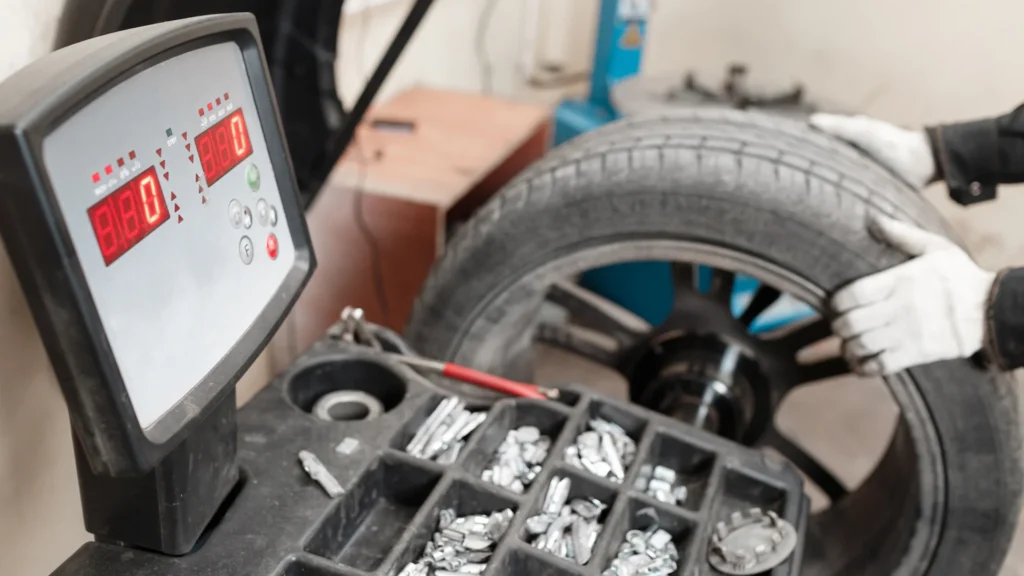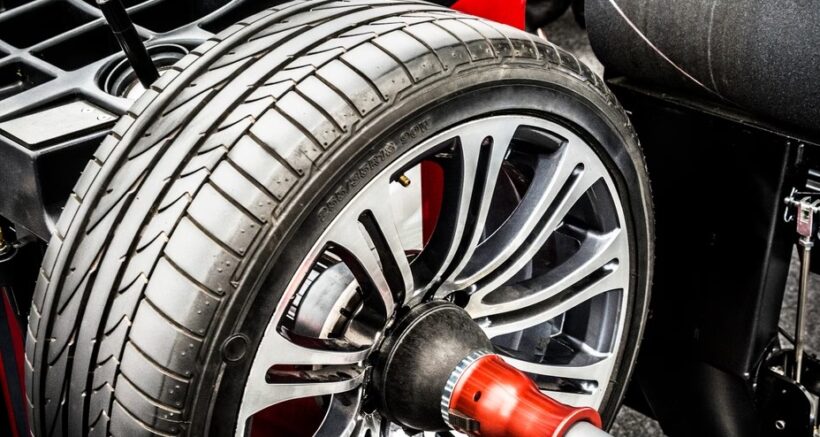Balanced wheels are the key to a comfortable and safe ride, and contrary to popular belief, ALL wheels need to be balanced. Balancing of wheels is a crucial matter, and one that needs special attention and care. It is easy to forget this aspect of maintenance during regular touch ups as there are no distinctive signs of it. If the wheels of your vehicle are not properly balanced, it can not only lead to a dangerous ride, but also affect the life and quality of different components of your vehicle.
Ignoring rear wheels during the balancing process is a common negligence that is carried out by some technicians. It is wrongfully assumed that rear wheels do not need balancing as much as front wheels, and this can turn out to be a grave mistake. Rear wheels are also subject to similar conditions as front wheels, and have an equal tendency to lose balance. Therefore, it can be safely inferred that all wheels need to be balanced in order to avoid any regrettable mishaps.

Why do rear wheels need to be balanced?
Just like the front wheels, rear wheels also need balancing due to a myriad of reasons, ranging from natural causes to minor imperfections in the manufacturing process. When a tire is bought, we see a perfectly round contour. But this is not that simple. The distribution of weight in a tire is hardly ever equal, with some parts being bulkier than others. If this distribution is not made equal when the tire is installed on the rim, the drive can get extremely dangerous and there can be rigorous vibrations. To resolve this issue, small weights are added on the lighter areas on the circumference of the tire after putting it on the rim. This results in an evenly distributed weight, allowing a smoother and safer ride with even wearing of different components.
In addition to the in-built flaws, imbalance can be caused by the driving conditions as well. If you tend to drive your vehicle on very rough terrain, you are likely to have to deal with wheels that have lost balance more frequently. Moreover, balancing can be required if the weights on the wheel have fallen off, such as after hitting a pothole. Even minor changes such as taking the tire off the rim and then mounting it again can lead to a need for balancing.
Signs that rear wheels need to be balanced:
Most of the signs of imbalanced rear wheels are similar to those of front wheels. This is why it is hard to tell, most often, that which wheel needs balancing. Here are some of these major signs:
1. Vibration:
Vibration is an obvious sign of imbalanced wheels. However, it is a more general one as a great number of issues in the vehicle can lead to vibration. The catch however, is that if the vibrations are felt in the floorboard or the seat, it tells that the rear wheels need balancing, not the front ones.
2. Compromised tread life:
When the weight is distributed unequally across the tire, uneven wearing is inevitable. If certain areas of your tire are wearing faster than others, it might be wise to get the wheel balanced.
3. Compromised fuel efficiency:
The fuel economy of a tire is greatly dependent on how evenly the tread wears. So if your tread is wearing unevenly due to lack of balancing, poor fuel economy will be noticed. This can be a sign that your wheel needs to be balanced.
How are wheels re-balanced?
Wheels are normally balanced in an automobile shop by an expert. The tire is installed on the rim and set to a fixed pressure. It is then mounted on a balancing machine, by placing it carefully on a shaft. This works by rotating the wheel and measuring the differences in weight over the entire circumference of the wheel. To achieve the most precise and reliable results, professionals typically use sophisticated wheel balancing machines. The required amount of weight is added accordingly, and the wheel is all set to go.
How frequently should the wheels be balanced?
From the discussion above, it is obvious that getting your wheels balanced is a serious matter. This gives rise to the debate of whether the wheels should be balanced frequently, since it costs quite a bit and you don’t want your money wasted for nothing. Mostly the requirement for balancing varies for different tires of different brands, as well as to the driving conditions that they encounter. It is recommended to get the balancing done as soon as you begin to notice any signs of imbalance. In case there are no obvious signs, it is advisable to get your wheels balanced every one or two years if you drive on rough terrain. For more regular terrains, getting the balancing done after every 5000 miles is a safe bet.


